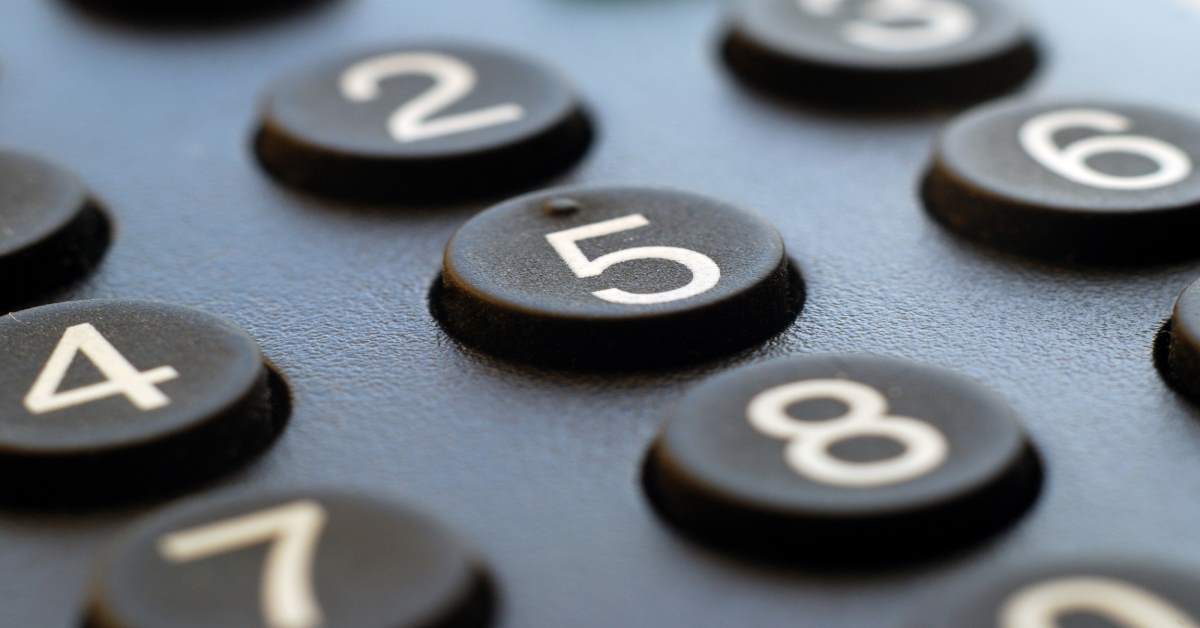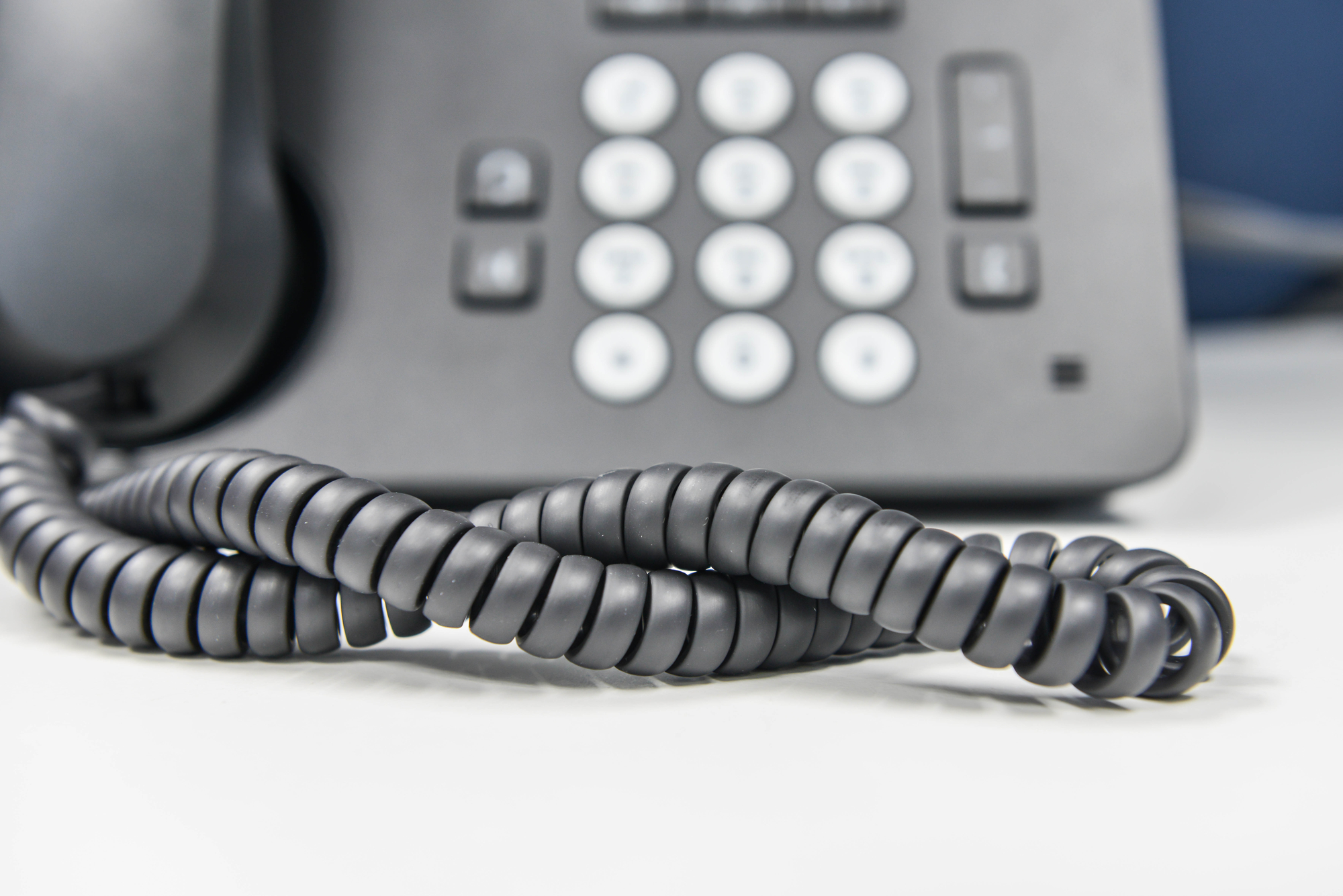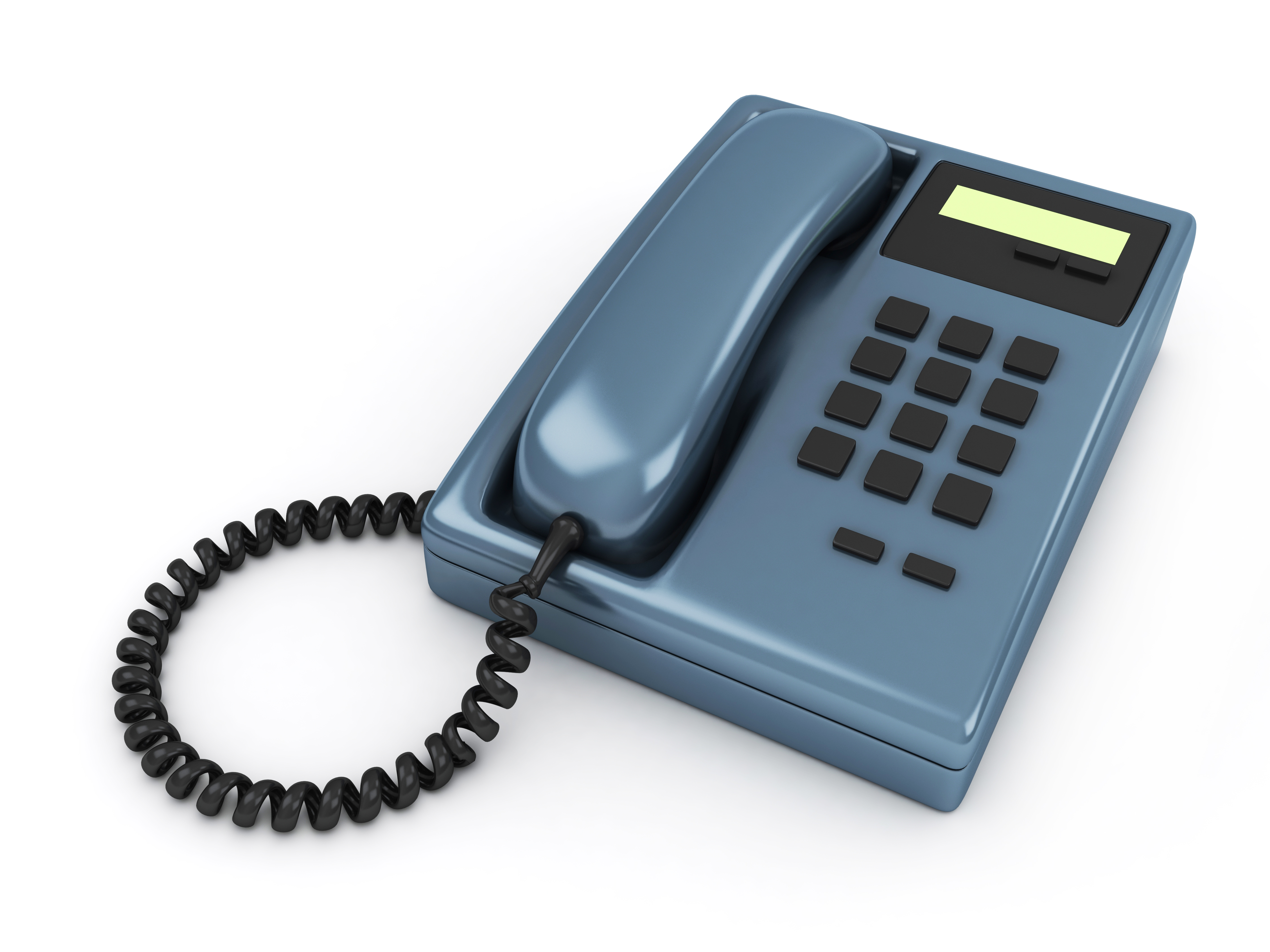e. Never Assume Anything: Phrases like “You Know What To Do,” “Sing Your Song at the Beep,” and others mentioned above are awful to leave in your greeting. For the sake of universality and comprehensiveness, NEVER assume the caller knows what to do. Lay it out clearly. f. Leave a Message: This phrase, by itself, will not do. It’s imperative for users to identify themselves in their greetings. Callers need to know they’ve reached the right person. g. Disregard Lethargy: If you’re not excited about your greeting, why would anyone else be? Never display a lack of enthusiasm in your greeting as it could turn callers off to both you and your business. h. Speak Clearly and Never Slur: Callers need to understand your every word; therefore, mumbling, slurring, and all other detractions of speech should never be recorded. d. Be Creative Without Sacrificing Quality: Callers know how voicemails work–i.e. leave a number, message, etc. While you want to be clear, it’s important not to be contrive or redundant with your message. Creativity can help users to differentiate themselves, as well as intrigue callers. While users should avoid the tropes of creativity listed above, it’s definitely good to think outside the box. That being said, scripting and practice can help users to experiment more with their greeting–ultimately allowing for more unique and creative approach. e. Speak With Diction: It’s important to present one’s self as an authority without alienating callers. As such, it’s crucial to articulate and speak with clear diction. “ if your voice recording has you stumbling over words and speaking haltingly, it does not convey confidence and competence,” states Ron Sellers of Grey Matter Research & Consulting. Remember, this greeting represents you; therefore, you want to appear collected and professional, as well as welcoming. To do this, one must carry themselves well through their recorded message. f. Account for Timeliness: Your message should be concise. No caller wants to be sitting through a rant/diatribe of redundant statements. Your greeting should flow without dragging. Inversely, one doesn’t want to be terse, either. Engage callers with a simplified approach laden with creativity. h. Account for Quality: Aside from speaking clearly, users want to eliminate any noise in the surrounding environment. The quality of the greeting is just as important as what’s being said in the greeting itself. As such, one doesn’t want to undermine a great message with poor quality. i. Courtesy, Tastefulness, & Tact: This is pretty self-explanatory and straight forward–NEVER be rude. Being light-hearted and humorous is very different from being obnoxious and/or abrasive. Again, these tools can be helpful if utilized properly, but not everyone perceives humor the same way. So play it safe. The last thing your voicemail greeting should do is offend a caller. k. Provide Options: if you’re part of a bigger company, it might be good to offer caller options. For example, allow a menu to defer callers to a colleague or co-worker in your absence. This can help show callers you care about their well being. Another option might be offering different modes of communication–i.e. email, fax, etc. In offering users diversity, contact may be much easier to maintain.
The following voicemail greeting examples range from the brief and simple to the more detailed. You should choose the one that best suits your job and responsibilities as well as your personality. Before recording your message, you should also make sure to adhere to the basic elements of good voicemail greetings. basic elements of good
.
It’s a good practice for each of your team members to have their own personal business phone numbers. There are many reasons why they shouldn’t use their personal cell phone number for business, so you’ll want to give them their own phone number through your VoIP provider or phone system.
These work voicemail greetings are for the work phone that you and only you use. They’re highly effective because they help you establish a relationship straight from the voicemail. Or they help you share an important update in a simple, straightforward way.
(Wondering how you can receive texts from your business callers? Check out the OpenPhone App today)
8.) Bem-vindo ao Departamento de Serviços do John Doe. Infelizmente, todas as linhas estão ocupadas no momento. Por favor deixe uma mensagem após o sinal com seu nome e número de telefone. Vamos ligá-lo de volta o mais rápido possível. Te desejamos um bom dia.

Hello, this is Jenny, I’m sorry, at this moment I can’t take your call but please leave a message and I’ll be sure to call you back as soon as I can. Thank you and have a great day.
Oh lord…is it you…again? Well, if you must, leave a name and number after the beep. I’ll try to return the call, if I can stand it, that is.

Hi, thank you for calling {insert company name}. If you know the extension of the department or person you’re trying to reach, you can dial it at any time. To speak to someone in sales, press 1. For customer support, press 2. For accounting, press 3. For our address and business hours, press 4. Or if you’d like to speak to reception, press 0. You may press 9 to repeat the following options. 2. For Bilingual callers.
Whether you are a solo therapist recording a voicemail greeting, or you have a whole office and need a system message, don't just wing it! Take the time to actually write out a script. Read it aloud to colleagues to make sure it says what you need it to say. Make sure to identify what your service is, to ward off any callers who aren't sure they've reached the correct person.

Website: https://corporatefinanceinstitute.com/resources/careers/soft-skills/professional-voicemail-greetings/
When you know something to be true, when you have an opinion that needs to be shared, be more assertive and powerful in your word choices. Here are 3 simple ways you can do that.

The last few years have seen a huge rise in the use of automated voicemails and auto-attendant greetings. This has been especially true for the business sector, where professionals should record friendly and polite voicemails to greet their customer callers.
Social media, email, and your business website makes it easy to get a message through to your customers at scale, but your phone system still remains a key frontline communication tool. As more cities are encouraging people to stay home, customers, suppliers, and partners may call your business to get quick answers, such as changes to your business hours, instructions on how to get help, where to find the most up-to-date information, new procedures your company is implementing to conduct business or anything else that’s outside normal operations. There’s a strong chance you might experience a higher call volume than normal because customers will have questions they’ve never had to ask before.

Sample Voice Prompts for Health Care INTRODUCTION This document provides representative examples of scripts for professionally-recorded voice prompts that are specific to healthcare organizations – from large, tertiary hospitals to small and medium size medical and dental practices.

6.) Bem-vindo a John Doe. Devido à uma manutenção, não podemos atender a sua chamada no momento. Você pode escrever um e-mail para [email protected]. Seu e-mail será respondido por nossos funcionários o mais rápido possível. Pedimos desculpas pela restrição temporária! Obrigado pela sua compreensão

e. Never Assume Anything: Phrases like “You Know What To Do,” “Sing Your Song at the Beep,” and others mentioned above are awful to leave in your greeting. For the sake of universality and comprehensiveness, NEVER assume the caller knows what to do. Lay it out clearly. f. Leave a Message: This phrase, by itself, will not do. It’s imperative for users to identify themselves in their greetings. Callers need to know they’ve reached the right person. g. Disregard Lethargy: If you’re not excited about your greeting, why would anyone else be? Never display a lack of enthusiasm in your greeting as it could turn callers off to both you and your business. h. Speak Clearly and Never Slur: Callers need to understand your every word; therefore, mumbling, slurring, and all other detractions of speech should never be recorded. d. Be Creative Without Sacrificing Quality: Callers know how voicemails work–i.e. leave a number, message, etc. While you want to be clear, it’s important not to be contrive or redundant with your message. Creativity can help users to differentiate themselves, as well as intrigue callers. While users should avoid the tropes of creativity listed above, it’s definitely good to think outside the box. That being said, scripting and practice can help users to experiment more with their greeting–ultimately allowing for more unique and creative approach. e. Speak With Diction: It’s important to present one’s self as an authority without alienating callers. As such, it’s crucial to articulate and speak with clear diction. “ if your voice recording has you stumbling over words and speaking haltingly, it does not convey confidence and competence,” states Ron Sellers of Grey Matter Research & Consulting. Remember, this greeting represents you; therefore, you want to appear collected and professional, as well as welcoming. To do this, one must carry themselves well through their recorded message. f. Account for Timeliness: Your message should be concise. No caller wants to be sitting through a rant/diatribe of redundant statements. Your greeting should flow without dragging. Inversely, one doesn’t want to be terse, either. Engage callers with a simplified approach laden with creativity. h. Account for Quality: Aside from speaking clearly, users want to eliminate any noise in the surrounding environment. The quality of the greeting is just as important as what’s being said in the greeting itself. As such, one doesn’t want to undermine a great message with poor quality. i. Courtesy, Tastefulness, & Tact: This is pretty self-explanatory and straight forward–NEVER be rude. Being light-hearted and humorous is very different from being obnoxious and/or abrasive. Again, these tools can be helpful if utilized properly, but not everyone perceives humor the same way. So play it safe. The last thing your voicemail greeting should do is offend a caller. k. Provide Options: if you’re part of a bigger company, it might be good to offer caller options. For example, allow a menu to defer callers to a colleague or co-worker in your absence. This can help show callers you care about their well being. Another option might be offering different modes of communication–i.e. email, fax, etc. In offering users diversity, contact may be much easier to maintain.